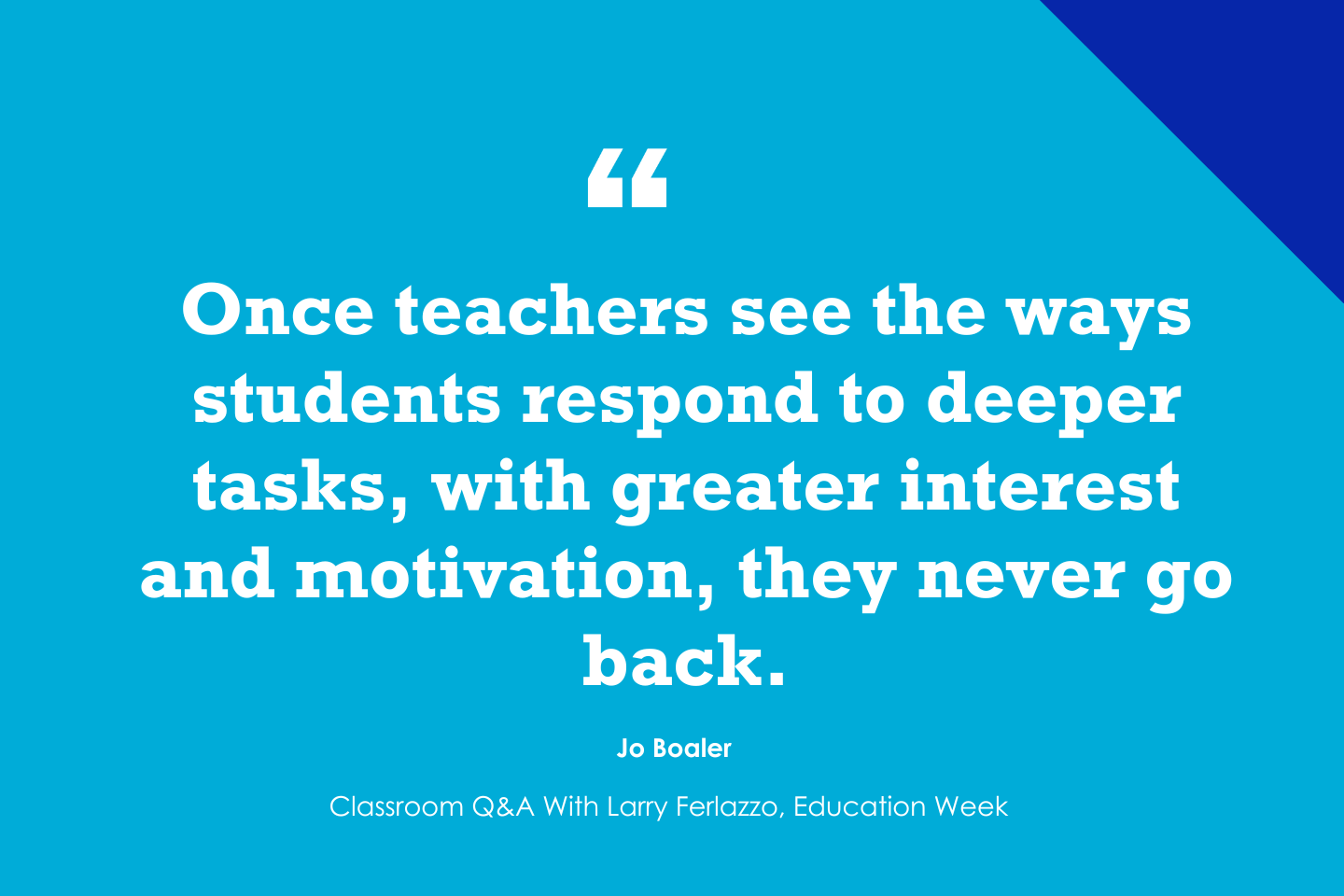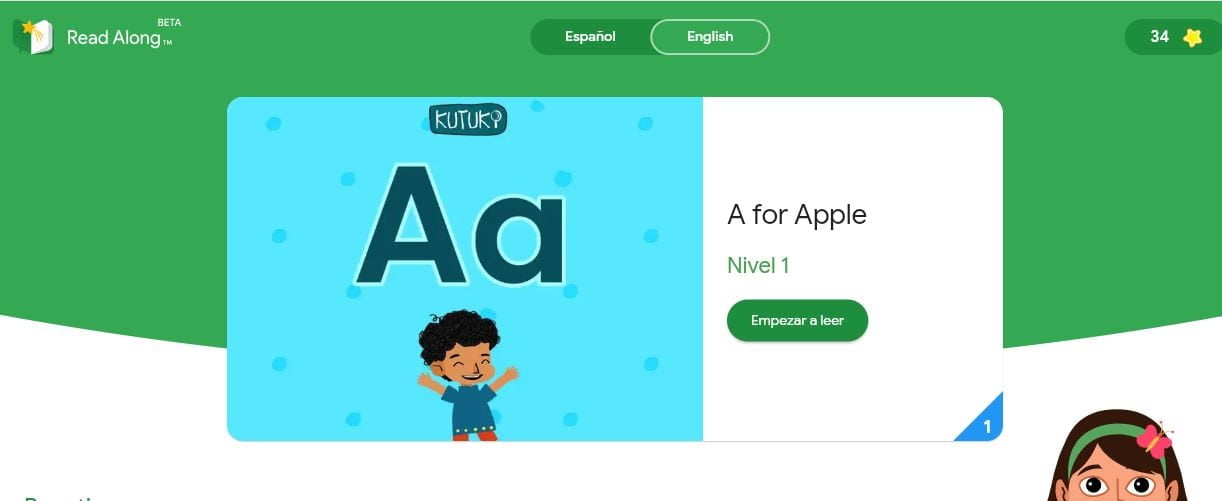A couple of days ago I sent my wife a text that included a link to this TikTok video, which gave some pointed advice about healthy oat milk brands.
Her response, as expected, was short: “Is this real?” I had prepared myself by reading a half-dozen articles from reputable health and nutrition websites so I could confirm or debunk the video before she yelled at me for disparaging her favorite beverage. “Yes,” I told her, “this is real.” Later that day, armed with research, she purchased a recommended brand of oat milk.
The question “Is this real?” is a call to action for critical thinking. Generative AI by its very nature requires the reader, listener, or viewer to interrogate all content. I will argue in this blog that the piles of mis- and dis-information that bombard us daily demand that we as educators equip our students with the critical thinking skills they need to carve through the nonsense.
First, A Definition
I went back into the literature to find a workable definition of critical thinking, settling for that offered by “Skills for Today: What We Know about Teaching and Assessing Critical Thinking,” my favorite report on the topic. The report’s authors, after an extensive research review, identified the following as integral features across a variety of critical thinking frameworks:
• looking at evidence and seeking justification;
• selecting pertinent information;
• distinguishing relevant from irrelevant facts;
• analyzing the credibility of an information source;
• determining the strength of an argument;
• identifying relationships and alternatives;
• discerning examples and counterexamples;
• recognizing assumptions, biases, and logical fallacies;
• defending ideas and hypotheses;
• drawing valid conclusions and inferences.
The authors distilled these features into a new framework, which features one domain of critical thinking that will serve educators and learners well in the age of AI-generated content: argument analysis.
Peter Falcione (2009) wrote that “argument analysis involves drawing conclusions based on evidence. Analysis of arguments involves breaking information down into their component parts, identifying claims and evidence, clarifying information needed to make a decision, and determining whether a conclusion is supported by evidence or logic.”
If we teach our students that critical thinking process they will be better able to identify fake Yelp reviews, the paid reviews on Amazon, and the mounds of disinformation aimed at them by bad actors in politics, health care, and commerce.
Media Literacy Has a Hidden Core
Over the course of two decades, a dedicated team (of which I was a proud member) at the Partnership for 21st Century Learning researched, wrote, and then promoted the Framework for 21st Century Learning.
The framework includes a long section on Information Literacy Standards, including the subcategories of information literacy, media literacy, and information and communications technology literacy. In related work, the team at Common Sense Media put together extraordinary resources around media literacy. If we pull apart the media/information literacy work done at P21 or Common Sense Media, we find a common core at the heart of this concept: critical thinking.
From P21: “To be effective in the 21st century, citizens and workers must be able to exhibit a range of functional and critical thinking skills related to information, media and technology.”
From Common Sense Media: “Specifically, it helps kids learn to think critically. As kids evaluate media, they decide whether the messages make sense, why certain information was included, what wasn’t included, and what the key ideas are. They learn to use examples to support their opinions. Then they can make up their own minds about the information based on knowledge they already have.”
Is Critical Thinking Teachable?
Well, yes.
Research has shown that there have been four major methods of teaching critical thinking:
General: Stand-alone critical-thinking courses that are divorced from any particular discipline or domain.
Infusion: This approach involves explicitly teaching principles of critical thinking embedded in specific subject-matter content within a discipline.
Immersion: This approach does not explicitly teach critical-thinking skills; rather, there is an assumption that students will naturally develop critical thinking as a result of exposure to high-quality instruction in the discipline.
Mixed: A hybrid approach, combining elements of both the general approach and either the infusion or immersion approach.
Similar studies indicate that the infusion model improves student learning the most. I am cheered by this because my stump speech on 21st-century skill development includes the line that students “must be creative about something, they must critically think about something, they must collaborate about something, and they must communicate about something. And that something is content.”
I am also pleased that research supports the efficacy of project- and problem-based learning in promoting critical thinking. It’s good to know that a pedagogy you have focused on for the last 30 years actually works.
Listen to Your Students
Students are beginning to clearly voice their frustrations and worries about fake AI-generated content.
MisinfoDay started in 2019, three years before the launch of ChatGPT. It was the offspring of a popular course, Calling Bull$$$$: Data Reasoning in a Digital World, offered by the University of Washington. MisinfoDay has a simple mission: “An annual media literacy educational event bringing together high school students, teachers and librarians to learn how to navigate complex information environments and make informed decisions about what to believe online.”
Gen AI forces us to ask “Is this real?” every day. Our students are telling us they need the critical thinking skills required to find a meaningful answer to that question. Folks, consider yourself fortunate when your students tell you they want to learn something that you should be teaching anyway.
The post Gen AI Demands We Teach Critical Thinking appeared first on Getting Smart.
Critical thinking is crucial in the age of AI and misinformation. This blog emphasizes teaching students argument analysis to discern truth in digital content.
The post Gen AI Demands We Teach Critical Thinking appeared first on Getting Smart. EdTech, Leadership, Artificial Intelligence Getting Smart









